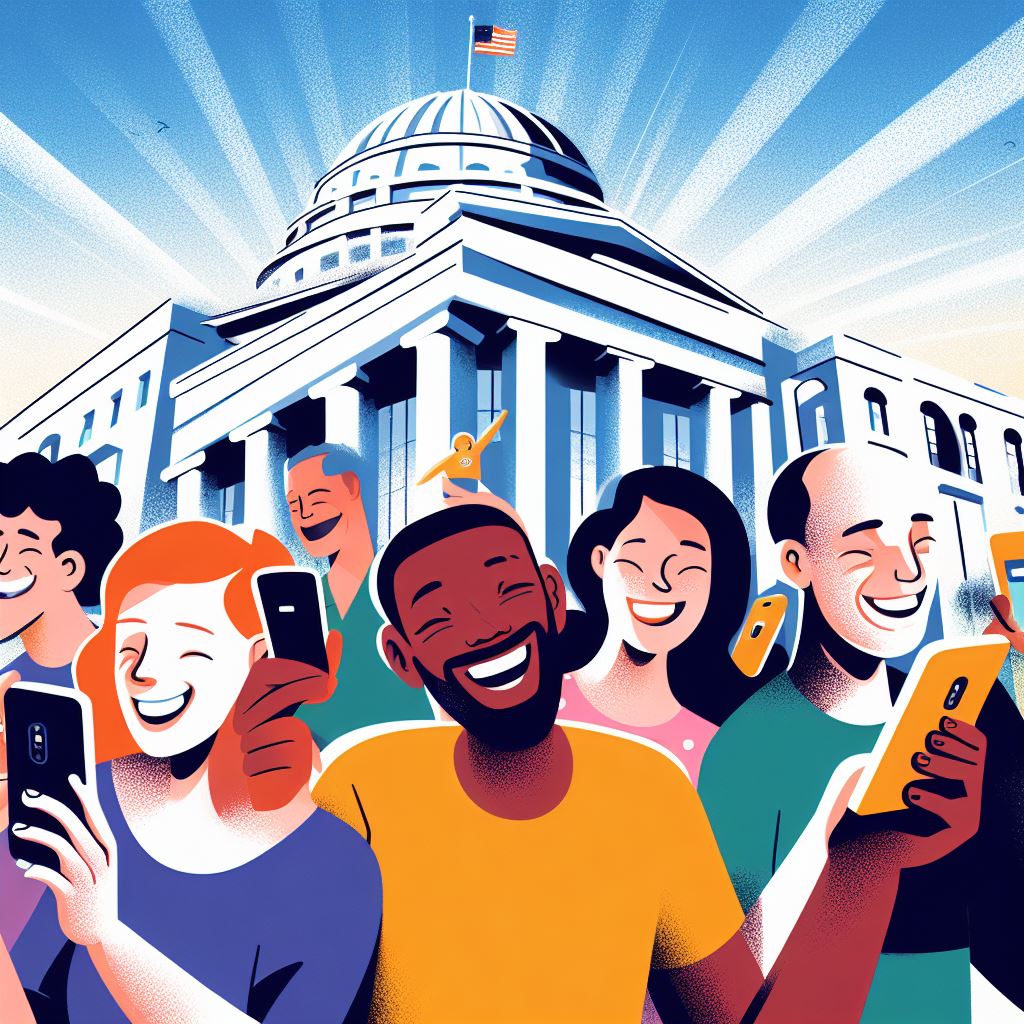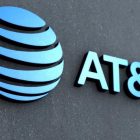Free Cell Phone Deals With Government Program – All You Need to Know

We all know the important role of phones in our modern lives, but the reality is that these devices can be pretty expensive to own, especially for low-income households.
Thankfully, the US government makes it easier to afford cell phones and phone services through the Lifeline Assistance program. Although the government program no longer offers free phones (at least directly), qualifying consumers can get free cell phone deals through phone providers participating in the program.
While you likely won’t get a top-of-the-line Android or iPhone device for free, many Lifeline-participating phone carriers offer a variety of decent smartphones free of charge, provided you qualify.
Here’s everything you need to know about getting a free cell phone from a government program. We’ll also list some of the best government phone providers.
Eligibility Criteria for Free Cell Phone Deals
You must meet certain eligibility criteria to qualify for a free cell phone with a government program. It’s either your household income does not exceed 135% of the federal poverty guideline, or you currently participate in one of the following government programs:
- Food Stamp or Supplemental Nutrition Assistance Program (SNAP)
- Medicaid
- Federal Public Housing Assistance (FPHA)
- Supplemental Security Income (SSI)
- Veterans and Survivors Pension Benefit
- Tribal Head Start
- Food Distribution Program on Indian Reservations (FDPIR)
- Bureau of Indian Affairs General Assistance
- Tribal Temporary Assistance for Needy Families (Tribal TANF)
Applying for Lifeline Program Assistance
If you meet any of the above requirements, you can visit the National Verifier website to start the online Lifeline program qualification process.
The process is not difficult; simply choose your state or territory, click “Get Started,” and provide the requested information in the online form.
If you prefer a paper form, simply print and fill out the form and submit it with copies of your eligibility proof to the nearest Lifeline office.
Alternatively, you can apply for Lifeline directly with your preferred government phone provider. But first, check the Lifeline phone carrier’s website to be sure they support this option.
Required Documents
Typically, Lifeline will confirm your eligibility automatically when you apply on the National Verifier website. However, if this is not possible, the program will contact you to inform you what proof you need to submit.
The eligibility documents you may be asked to provide depend on whether you qualify based on your household income or by participating in a government program.
Proof of Income
If you qualify through income, you are required to provide a document that shows your annual income, such as any of the following:
- Income statement from your current employer
- Three months’ paycheck stub (for 3 months in a row within the past 12 months)
- Federal, state, or Tribal tax return from the previous year
- Unemployment or Workers’ Compensation statement of benefits
- Letter of participation in General Assistance
- Veterans Administration statement of benefits
- Any official document showing your income information, such as a child support award or divorce decree
Whatever proof of income eligibility document you choose to submit, remember that it must contain your full legal name (or dependent’s name) and your annual income.
Proof of Program Participation
If you participate in a qualifying program, you will need to provide any of the following documents as proof of program participation.
- Benefit award letter
- Approval letter
- Statement of benefits
- Benefit verification letter
Note that the documentation for program participation must show the following information:
- The name of the agency that issued the document (this can be a government or Tribal agency)
- Your first and last name or dependent’s name
- The program name (for example, SNAP)
- The issue date (which should be within the past twelve months) or the expiration date
You may also need to provide documents to prove your identity and address. Your identity verification document must show your full legal name and date of birth. You can use your birth certificate, US driver’s license, passport, or any valid document as proof of identity.
Your address verification document must include your physical address as well as your first and last name. You can use your recent tax return, utility bill, or mortgage statement for this purpose.
What Phone Types Can You Get With a Government Program?
Typically, you won’t know the phone you will receive from a government program, and you usually can’t choose the brand or model. The good news is that most government phone providers giving free phones offer a wide range of decent smartphones.
While you won’t get the latest iPhone or Android model, you can expect entry-level smartphones like Moto G Pure, ZTE Prestige 2, and REVVL 4 Plus.
Best Government Phone Providers
The following are some reliable government phone providers that offer free cell phone deals.
1. SafeLink Wireless
SafeLink Wireless is a popular government phone provider offering free and affordable smartphones to eligible consumers. In addition to free cell phones, the company provides free unlimited talk and text every month, including up to 25GB of high-speed data and 5GB of hotspot data in the phone plan. Additionally, consumers with this phone plan can make up to 15 international calls to landlines and mobile numbers in selected destinations every month.
You can get an entry-level Android device for free with this cell phone deal, depending on what’s available. You may also get a decent iPhone at an affordable price spread over several payments.
2. Assurance Wireless
In addition to free cell phone deals on an eligible device, Assurance Wireless is famous for its generous phone service plans. The provider offers free monthly unlimited voice minutes and text, plus free 10GB mobile hotspot data.
There are no activation fees or long-term contracts with Assurance Wireless. Also, the provider has a wide range of free Android phone models from brands like Alcatel, Coolpad, ZTE, Unimax, Karbonn, and Motorola.
3. Easy Wireless
Easy Wireless is another reliable and popular Lifeline phone provider with coverage in nearly all parts of the US. Eligible Lifeline customers can receive free cell phones with monthly free talk, text, and data.
The Lifeline provider’s free service includes 911 emergency service, voicemail, call waiting, caller ID, call forwarding, picture and text messaging, and free 411 directory assistance.
One of the main attractions of Easy Wireless (besides free phones) is its reward program. Users who stay active for 12 months can receive up to $50.
4. Life Wireless
You can apply for a free cell phone through Life Wireless if enrolled in the Lifeline Assistance program. The carrier provides free smartphones to eligible consumers in 36 states.
Interestingly, you can request a replacement phone if the one mailed to you is defective. Stolen or lost phones are replaced at a fee.
In addition to free cell phones, users can receive free unlimited voice minutes, text, and data if they qualify for the Affordable Connectivity Program (ACP).
5. StandUp Wireless
StandUp Wireless is a Lifeline and ACP-authorized phone provider with coverage in almost every state.
Like other government phone providers mentioned above, StandUp Wireless offers free phone deals to qualifying households. It also provides an unlimited talk, text, and monthly high-speed data cell phone plan.
You can receive a month’s service for free with this government phone provider, even if you don’t qualify for Lifeline. However, you must be eligible for Lifeline to receive a free phone.



